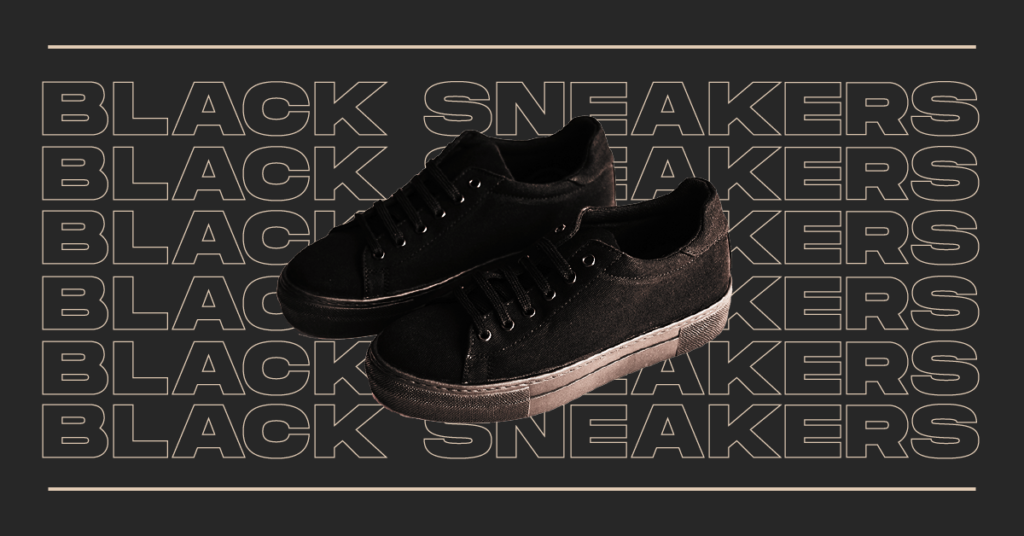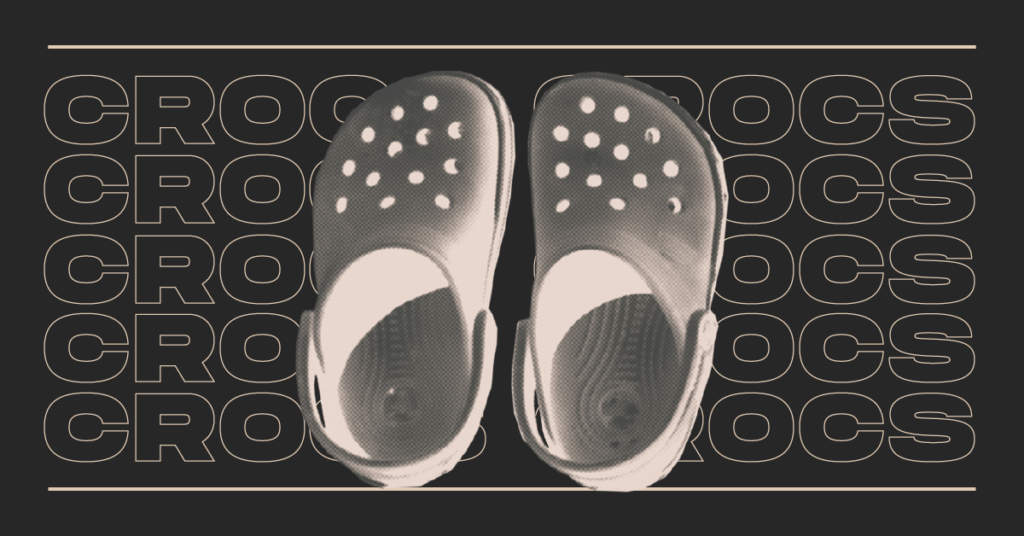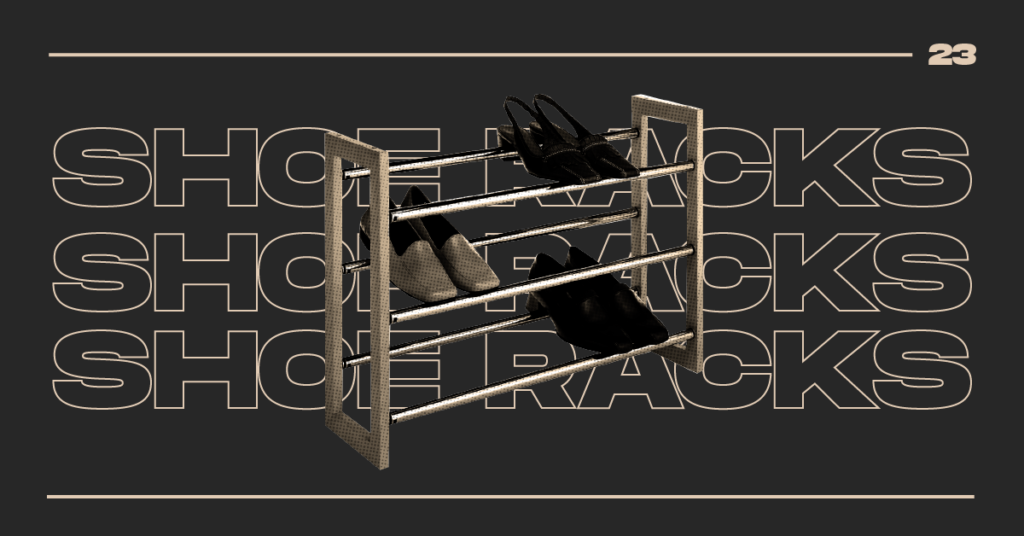The top running watches on the market will fit comfortably on your wrist, look fantastic, and accurately track your distance and speed. Whether you’re trying to lose weight or train for your fastest marathon. They will be simple to navigate and read at a glance while you’re on the road. Most runners watches today come equipped with GPS tracking and heart rate monitoring as standard features. The majority of the top runners watches are also compatible with other activities like cycling and trekking, and most are water-resistant so they can withstand a workout in the pool or rain. Premium features come with a cost, whether it be for music storage, more sophisticated smartphone functionality, or a battery that will last for weeks as opposed to days. Customized workouts based on individual training data are also available.
From novices to ultra-runners, we’ve selected the greatest timepieces for every need and price range. And each one featured here is at the top of its category. For some terrific activity bands to track less intensive workouts. Check out our guide to the best fitness trackers if you don’t need something quite this sophisticated.
Table of Contents
ToggleGarmin Forerunner 255 Music

The Garmin Forerunner 255 Music is our top running watch and our choice for the finest sports watch. For less than the cost of an Apple Watch, this compact device has everything you could possibly want in a running watch, including precise tracking, music controls, and the capacity to design your own programs. Additionally, the gadget gives you access to Garmin’s extensive collection of training analytics, which aids in both workout and recovery time planning.
Some of the more sophisticated health functions often found on Garmin’s more costly runners watches have been transferred to the Forerunner 255. The watch contains a Garmin Elevate V4 sensor, which monitors blood oxygen levels and heart rate with green and red lights, respectively (referred to as Pulse Ox on the watch). Stress, HRV, and respiration rate are all calculated using this sensor. In the triathlon mode, it can now track multisport training sessions as well.
It’s a superb upgrade to an already fantastic watch and a great purchase for runners of all skill levels.
Garmin Fenix 7

With its comprehensive training options, the Garmin Fenix 7 is a running watch that will help you maximize your weekly training and fine-tune your race day approach. All of the Fenix 6’s best features are retained, but it now has some great new tools. Like a real-time stamina meter that displays how your energy level is ebbing as you run so you can adjust your effort. A new graph that illustrates how your training efforts are affecting your anticipated race times is also available; you’ll find it a terrific motivator to work a little more.
Although the color memory-in-pixel display of the Fenix 7 isn’t as vivid as the OLED screen on watches like the Venu 2 Plus and Epix (Gen 2), it is still easy to read in most lighting settings and helps the Fenix 7 maintain exceptional battery life. The battery life of the solar versions is even longer, and the optional sapphire crystal glass will guard against scratches when you’re running off-road.
Apple Watch Series 7

The ubiquitous wristwatch has a familiar appearance but has undergone a one-millimeter size increase, making it substantially easier to read. When combined with narrower borders and a rounded edge, this makes it simpler to see information when on the go, such as the little time of day displayed when the Workouts app is running in the top-right corner. According to the business, the new glass is Apple’s front crystal that is least likely to fracture.
The watch now charges even more quickly, going from zero to 80 percent in under 45 minutes, which is great for early morning runners. Compared to Series 6, that is 33 percent faster. The Apple Watch had to be charged overnight on a bedside table in the past. The watch is made to be worn overnight thanks to the sleep-tracking features in watchOS and the pulse oximeter sensor. So, this update is helpful. After your morning run, put it on a charger while you wash and get ready, and you’ll have a new battery for the rest of the day.
Coros Vertix 2

The practically limitless battery life of Coros watches sets them apart from other watch brands. Every model seems to outlast its competitors. The battery life of the Vertix 2 is no exception. Lasting an astounding 140 hours (up from 60 hours in the first version of this watch). Only hikers and multi-day ultrarunners may realistically expect more than 240 hours of use from it by sampling your geolocation less frequently.
The Vertix 2’s ability to ping five satellite systems and use “dual-frequency” is, however, its most notable feature. With very few track places that are actually off-course, modern GPS running watches have become very accurate. However, Coros’s dual-frequency watch technology is a first for running timepieces. It operates by analyzing the two radio signals that a satellite sends. Then filter out any that might have reflected off a tree or a tall building (which leads to an error in where it thinks you are on the globe). The anticipated outcome is a track that far more closely resembles your actual path than watches without this functionality.
Polar Grit X

The Grit X, created to compete with the Garmin Fenix and Suunto 9, marks Polar’s entry into the tough, outdoor market. It boasts superior workout-tracking functions, a long-lasting battery, and navigational capabilities like those other watches. The Grit X, however, is smaller on your wrist than those other models. The battery will last 40 hours in typical GPS mode (taking a position reading every second), but similar to the Fenix and 9. You can extend that lifespan by decreasing the frequency of its tracking—up to 100 hours if it pings your location every two minutes and all other sensors are turned off.
Hill Splitter is yet another useful tool for runners traversing difficult terrain. With the help of this feature, which automatically recognizes when you begin ascending or descending a hill. You can see how long you’ve been running it and how steep it is. Additionally, if you’re working out on a hill, it will record how many reps you’ve completed.
Coros Pace 2

A cheap, dependable substitute for the leading GPS watch brands has a lot to offer. Coros has continuously provided quality products, and its new Pace 2 is improved to concentrate primarily on providing road runners with the lightest, fastest run-tracking experience. There are no unnecessary features that would slow it down that you would never use. The Pace 2 weighs only 29 grams, making it the lightest GPS watch we’ve tested (the Apple Watch Series 5 is 31 grams, and the original Pace was 48 grams).
Despite its low weight, the Pace 2 doesn’t sacrifice battery life. In fact, it can provide GPS monitoring for up to 30 hours between charges, which is sufficient for you to leave the power chord at home when you go on a weekend run vacation.
Suunto 9

The face of this watch is enormous. However, this enables it to include a large battery that will outlast any run you can perform. Suunto promises a staggering 120 hours of GPS usage with the “Ultra” mode, which records your location every two minutes. Bonus: If the watch detects that your battery is going low, it will alert you to change to a different power mode to ensure that it lasts longer.
Fitbit Sense

This new wristwatch comes closest to competing with the Apple Watch. It’s similar to Fitbit’s Versa sports watch, but it has additional sensors such as an ECG, blood-oxygen monitor, and stress scanner (all features found on the Apple Watch Series 6). The Versa, like the other smartwatch, can be controlled with your voice via Google Assistant or Amazon Alexa. That may not sound interesting. But it’s far easier to just tell your watch what else to do (like play music) than it is to hunt through options while running.
The sleek square-oval form provides plenty of space to read splits while on the go. However, the display doesn’t always light up when we raised our wrist, and the touchscreen is slightly reactive to particularly wet fingers. What differentiates it from other smartwatches is that it has each of those sensors and continuous health monitoring. Yet the battery can last five days between charges.
Final Thoughts
While most GPS watches are weather-resistant, it varies by model and manufacturer. If you intend to use your watch while swimming, make sure it is completely waterproof. Simultaneously, the size and weight of a watch might impact your comfort and training.
So, while that military-grade tactical watch you’ve been eyeing may appear to be robust. It may also be heavy and slow you down. Choose wisely!














